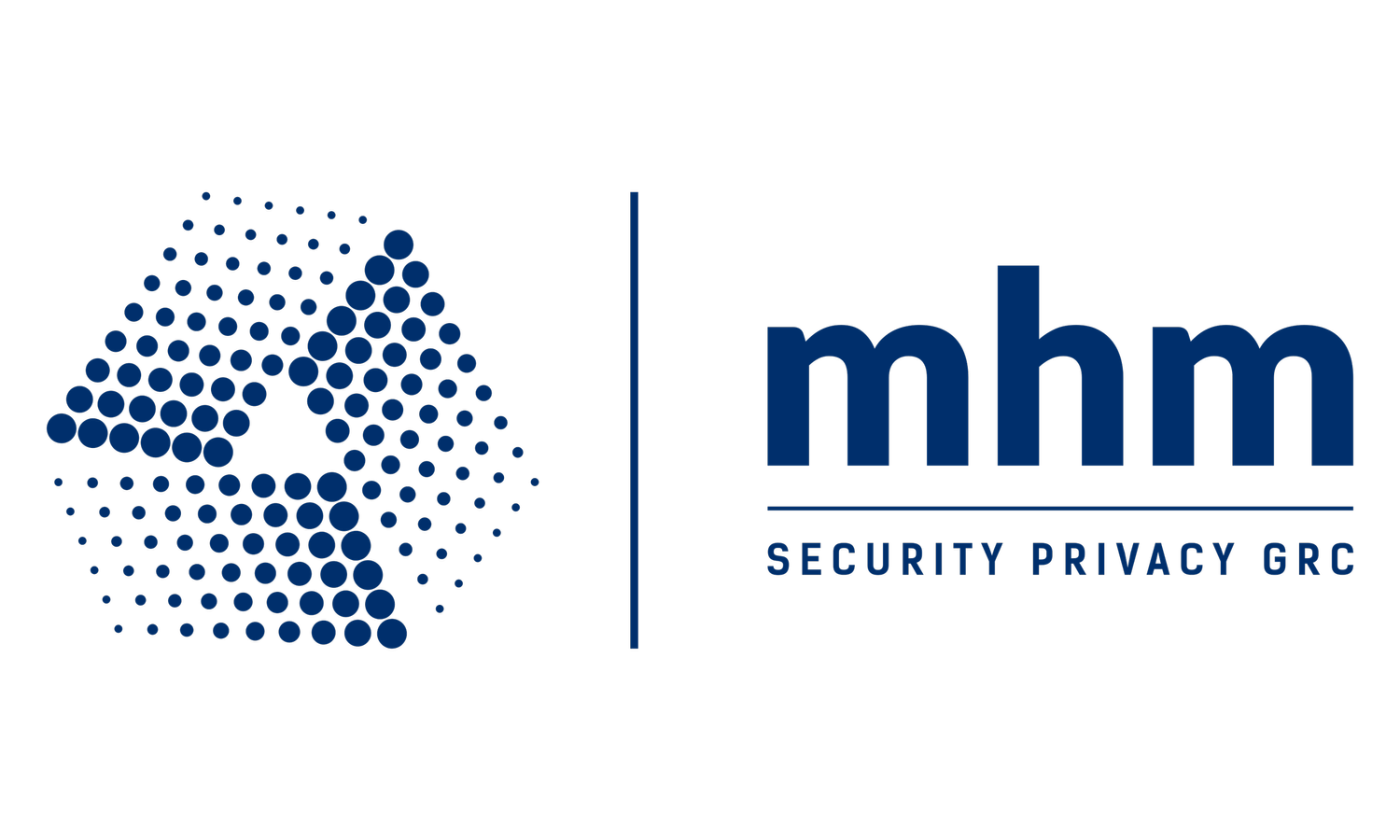SOC 2 Common Questions
As more organizations embrace "As a Service" models, the need to build trust with customers and stakeholders becomes increasingly important. One of the most effective ways to do this is by pursuing a SOC 2 audit. However, for organizations starting this journey, several key questions tend to arise. From our experience of working with businesses on their SOC 2 initiatives, three of the most common and crucial questions are:
Which trust services criteria do I choose?
Do I need a Type 1, Type 2, or both?
What timeframe should my first Type 2 report cover?
Here’s some guidance to help clarify these points:
1. Which Trust Services Criteria Do I Choose for My First Audit?
A SOC 2 report is based on five trust services criteria:
Security
Availability
Confidentiality
Processing Integrity
Privacy
When selecting the criteria for your first audit, it's common for organizations to start with Security as their baseline. From there, additional criteria can be added based on the following factors:
Stakeholder requests: If specific stakeholders need to see coverage of certain criteria.
Existing commitments: If contracts or regulatory requirements mandate particular categories.
Unique organizational needs: If your business needs to showcase specific controls or systems that align with additional criteria.
By starting with Security it lays the groundwork for your organization's basic controls. Adding extra categories too early can add unnecessary complexity to your first audit. Additional categories can be incorporated over time as your organization matures.
Recommendation: We regularly advise clients to limit their first SOC2 audit to Security and only include additional criteria if necessary. Focusing on Security simplifies the process, minimizes disruptions, and helps build a solid foundation for future audits. Additional categories can be added in subsequent periods as the business grows in size and sophistication.
2. Do I Need a Type 1, Type 2, or Both?
A common question for those new to SOC 2 is whether to pursue a Type 1 or Type 2 audit, or perhaps even both. Here’s a breakdown of each:
| Topic | SOC 2 Type 1 | SOC 2 Type 2 |
|---|---|---|
| Contents of the Report | Management Assertion, Auditor’s Report, System Description, List of In-Scope Controls & Trust Principles | Management Assertion, Auditor’s Report, System Description, List of In-Scope Controls, Trust Principles, Auditor’s Tests & Results |
| Scope of the Audit | Focus on design of controls | Focus on the design and operating effectiveness of controls |
| Time Frame Covered | Point-in-time (specific date) | Period of time (usually 3-12 months) |
| Report Availability | 4-6 weeks after control implementation | 4-6 weeks after end of observation period |
| Validity of the Report | Valid for up to 12 months | Valid for up to 12 months |
| Benefits | Fast, meets short-term stakeholder needs, easier for new organizations to complete | Demonstrates operational effectiveness over time, more valuable to stakeholders |
| Drawbacks | Limited by design-only focus, seen as interim step | More expensive, longer to complete |
Recommendation: If your organization is new to SOC 2, starting with a Type 1 audit can be helpful. This provides an independent assessment of your control design and helps establish a baseline. After that, transitioning to a Type 2 audit about six months later is often the most practical approach. This allows time to demonstrate that your controls are operating effectively, while keeping the process manageable.
3. What Timeframe Should My First Type 2 Report Cover?
For most organizations, a Type 2 report covers a period of 12 months. However, if you're doing your first Type 2 audit (and especially if you skipped the Type 1), you may want to complete the report sooner. Many auditors will work with you on an observation period ranging from 3 to 12 months.
Recommendation: A 6 month period is often the sweet spot for your first Type 2 audit. This duration provides enough time to test the operating effectiveness of your controls, while giving you a buffer to address any issues. Additionally, a 6 month period allows your organization to receive your first SOC 2 report in a relatively timely manner, while still providing auditors with enough evidence of control effectiveness.
Final Thoughts
Pursuing SOC 2 compliance is a significant step for any organization, but with the right approach, it can be a smooth and valuable process. Whether you're navigating the complexities of selecting trust criteria, deciding between Type 1 and Type 2 reports, or determining the right time frame for your audit, having a clear strategy will set you up for success.
If you’re looking for guidance on SOC 2 or other IT security and compliance issues, MHM is here to help. We specialize in delivering tailored audit and consulting services to small and mid-sized organizations. Our team is dedicated to helping you build trust with your stakeholders while ensuring your systems are secure, compliant, and efficient.

